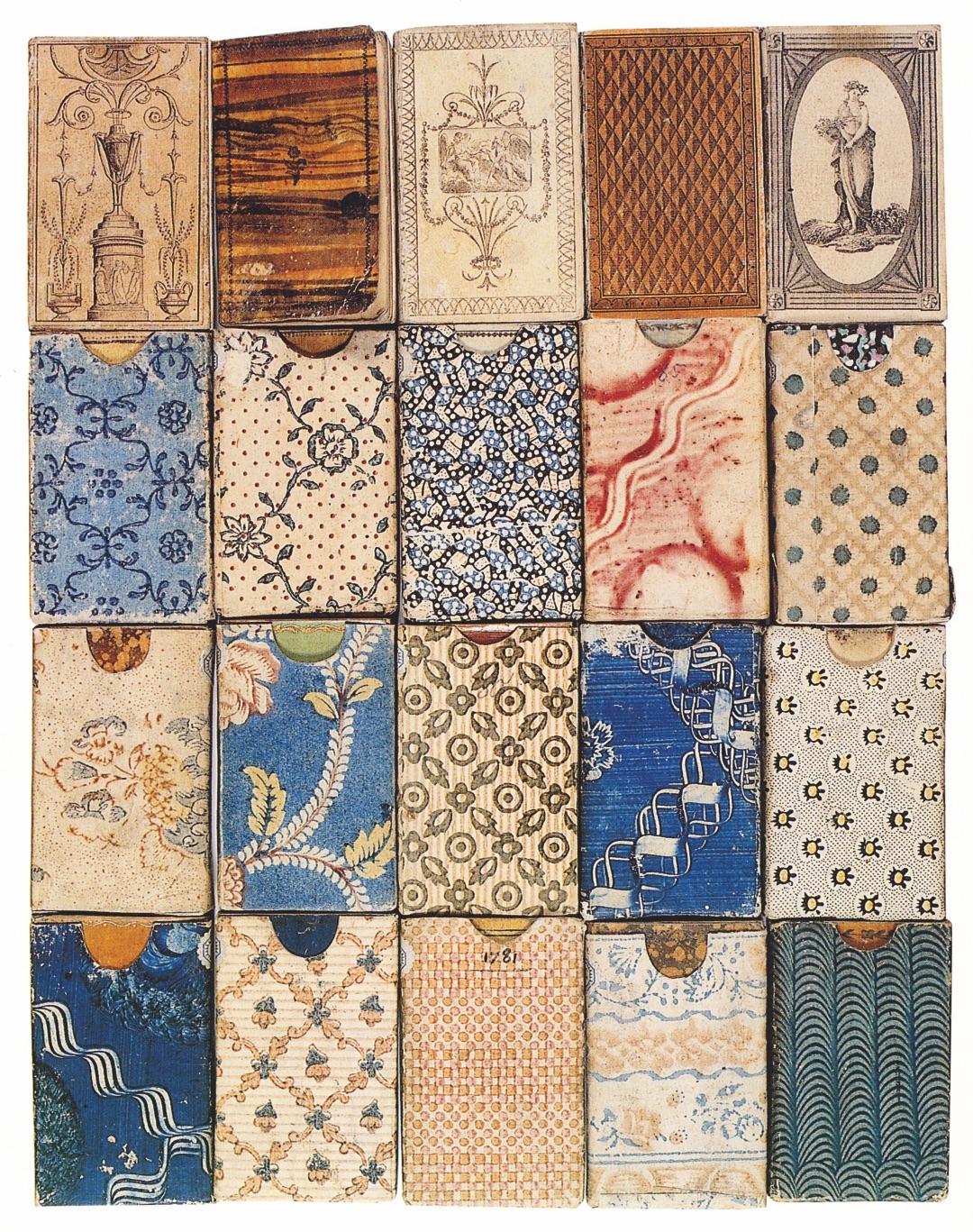
Since the age of fourteen, Michel Wittock felt a pull towards old books. This pull, which quickly became a veritable passion, first drew him to books on geneaology, heraldry and topography from the former Southern Netherlands and the Principality of Liège (modern day Belgium). This original collection, assembled over the course of twenty years of paitent research, was put up for auction in 1996 in order to fund the last of the construction of the Wittockiana’s second level. To Michel Wittock’s pleasure, one lot escaped the collecters’ attention: an impressive near-complete series of the Almanachs de Gotha.
Continuously published since 1764, the most famous directory of the aristocracy was unable to survive the second world war and ceased publication in 1944. The exceptional collection presented in the Wittockiana begins with the volume from 1772 and ends with the last and most rare volume, the one from 1944, nearly the entire stock of which was destroyed in a fire at the publishing house caused by Allied bombings. Another amusing detail, two different versions of the 1808 volume appear in this collection. While the second edition, as a result of censures like affected many books at that time, contains a portrait of Napoleon, the exceptionally rare first edition contains illustrations of Nelson and William Pitt, the British prime minister. As Napoleon found these portraits particularly displeasing, he ordered them to be removed from the edition; however, the publisher reissued some copies of the Almanach with the original portraits under a disguised title.
Over time, since the publication of the first volumes, reference texts pertaining to the aristocracy and genealogy have proliferated. However, the specifics of these publication have changed in function with social upheavals: the appearance of the Mediatised Houses, historically sovereign princely German families, and later, non-European sovereign houses that often lack genealogic documentation outside of the Gotha (the Ottoman Empire, China, the Kingdom of Tonga, the Sultante of Zanzibar). In the 19th century, the Almanach de Gotha expanded, adding an important diplomatic and political section, containing entries on all sovereign states, their heads of state, political status, diplomatic and consular representations, as well as economic statistics. It is also possible to find valuable information pertaining to colonial administration and government officials appointed to foreign posts, beginning with the sovereign state of Congo and the vast succession of British colonies.
The format therefore necessarily evolved, and the volumes grew in size over the years. Their appearance also changed. Originally fitted with charming covers of decorated paper and protected by beautifully adorned slipcases, these little volumes came to be published in hardcover with illustrations, covered with canvas embossed with the Saxon coat of arms, before finally being placed in their well-recognised red and gold cases. Many of the volumes still possess their decorated wrappings.
